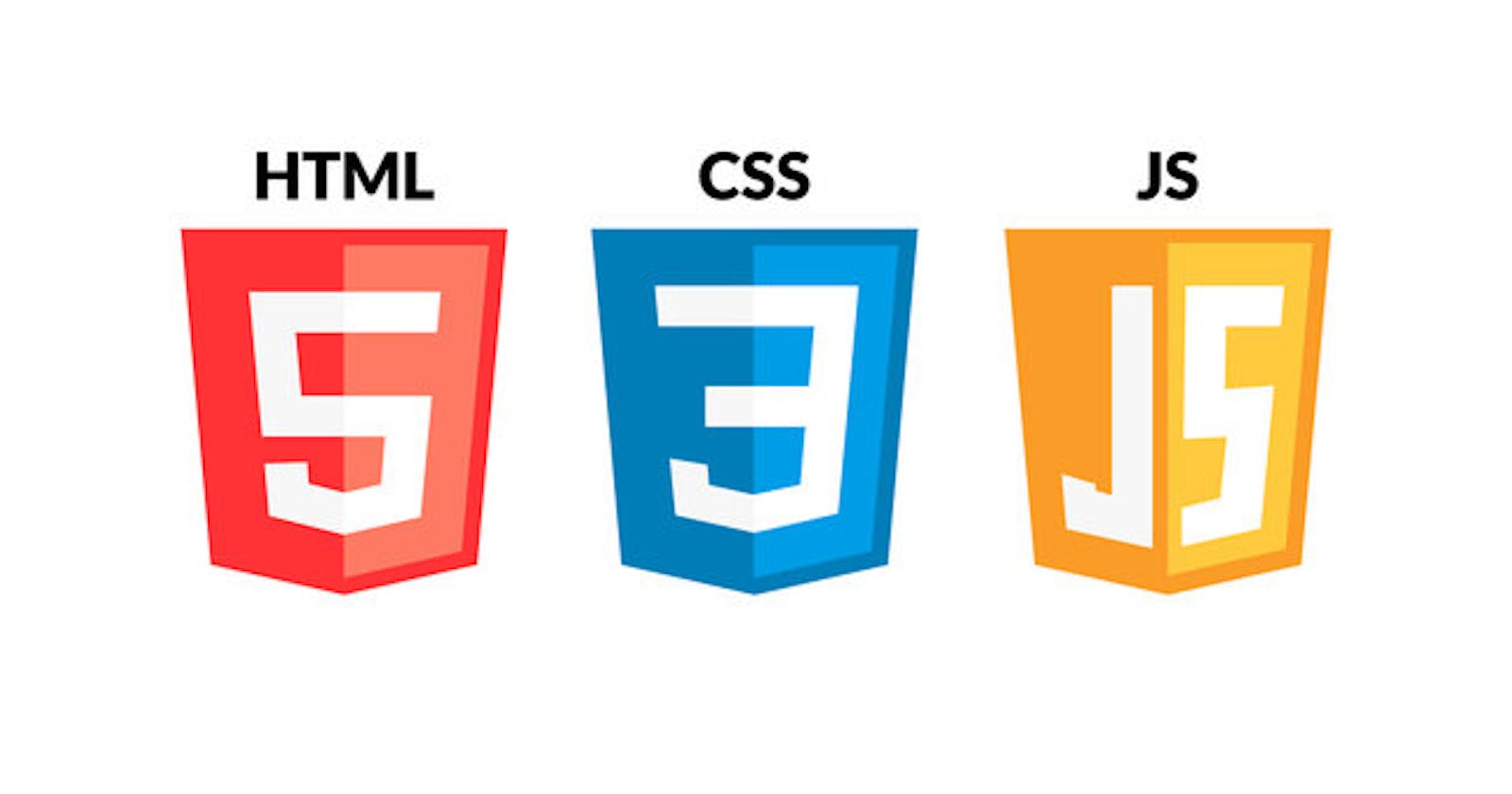What is HTML?
HTML stands for Hypertext Markup Language. HTML describes the structure of a web page. We can say HTML is a skeleton of a web body. It is a markup language, and almost every website that exists nowadays consists of HTML. HTML elements tell the browser how to display content.
It’s also worth noting that HTML is unconsidered a programming language as it can’t create dynamic functionality. It is now considered an official web standard.
HTML has a lot of use cases, namely:
Web development. Developers use HTML code to design how a browser displays web page elements, such as text, hyperlinks, and media files.
Internet navigation. Users can easily navigate and insert links between related pages and websites as HTML is heavily used to embed hyperlinks.
Web documentation. HTML makes it possible to organize and format documents, similarly to Microsoft Word.
What is CSS?
CSS stands for Cascading Style Sheet. It is used for styling the web page described by HTML. CSS describes how HTML elements are to be displayed on screen, paper, or on other media. If HTML is the skeleton of our web body, then CSS is the flesh and skin. CSS saves a lot of work. It can control the layout of multiple web pages all at once.
There are three types of CSS:
Inline CSS: Inline works with specific elements that have the <style> tag. Each component has to be stylized, so it might not be the best or fastest way to handle CSS.
Internal CSS: CSS styles done this way are loaded each time an entire website is refreshed, which may increase loading time. Additionally, you won’t be able to use the same CSS style on multiple pages as it is contained within a single page.
External CSS: The external method might be the most convenient one. Everything is done externally on a .css file. That means you can do all the styling on a separate file and apply the CSS to any page you want. The External style might also improve loading times.
What is JavaScript?
Javascript is the Progrmming Language for the web. Javascript can update and change both HTML and CSS. Javascript gives life to the web page, created and described by HTML and CSS. It can calculate, manipulate and validate data. Javascript variables can be Numbers, Strings, Objects, Arrays and Functions. The scripting language works well with CSS in formatting HTML elements. However, JavaScript still maintains user interaction, something that CSS cannot do by itself.
What is JavaScript used for?
Web and Mobile Apps: The development of JavaScript frameworks, consisting of JavaScript code libraries, allows developers to use pre-written JavaScript code in their projects. It saves them time and effort from having to code programming features from scratch. For example, front-end JavaScript frameworks like jQuery and ReactJS improve design efficiency. They allow developers to reuse and update code components without affecting each other, function or value-wise.
Building web servers and server applications: Through Node.js, JavaScript lets developers build web servers and back-end infrastructure, saving you time and effort in web server creation. The built-in HTTP module allows you to develop a basic HTTP server that displays plain text when users access a web page. You can use either the Node.js own web server, Node-OS, or third-party ones like Microsoft Internet Information Services (IIS) and Apache to handle the HTTP requests.
Interactive behavior on websites: One of JavaScript’s core functions is adding dynamicity to web pages. This includes displaying animations, modifying text visibility, and creating dropdown menus. While you can use only HTML and CSS code to build a website, it will only have a static display. With JavaScript, a user can interact with web pages and have a better browsing experience.
Game Development: JavaScript can help you build a game if used with HTML5 and an Application Programming Interface (API) like WebGL. Plenty of JavaScript-based game engines like Phaser, GDevelop, and Kiwi.js are available for rendering graphics, code recycling, and cross-platform applications.
